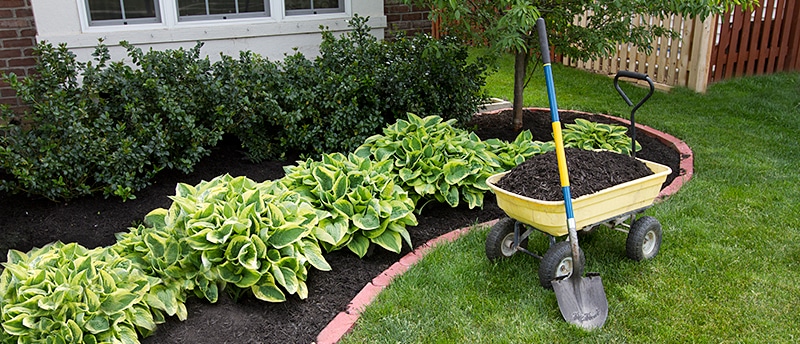Pipe Relining: What is It and How Does it Work?

Pipe relining can be a great way to ensure that your pipes continue functioning correctly and safely. It is a process that can be carried out by experienced plumbers. There are different ways it can be done, and it is essential to find out which method is most suitable for your situation. Some plans include steam, inversion pipe relining, and blue light curing.
Blue Light Curing
Blue light curing is a process that uses LED lights to cure resin inside a liner. This method of pipe relining has several advantages over traditional methods.
It doesn’t require digging a trench in a yard. It’s also an environmentally-friendly way to reline pipes with the help of a pipe lining company. This is especially helpful for older homes that may have structural damage. This work has applications in sewer pipelines, chemical and gas lines, and water pipelines.
This lining is typically applied to small sewer, laterals, and wastewater pipes. A variety of felt liners are available for different diameters and thicknesses. A flexible fiber-glass liner is also available, allowing it to be inserted through 90-degree bends.
This process can be cured using UV, lamp-based, and blue light curing methods. The latter is used to repair cracked or backed-up sewer pipes.
Inversion Pipe Relining
Inversion pipe relining is a method that is ideal for repairing residential and industrial pipes. During the process, a liner is inverted into the pipe’s hole, and resin is injected into the pipe for improved strength and durability.
Inversion pipe relining is cost-effective for sewer, drain, and other piping systems. It is also a no-dig process that eliminates the need for digging a trench.
The process involves using special equipment that will allow a team of plumbers to fix your pipes without harming the surrounding property. Before they begin, licensed plumbers will measure the length of the pipe. They will also estimate the number of substances they will need.
Inversion pipe relining is ideal for long or short pipe runs. Inversion sewer lining is a no-dig solution carried out at junction boxes, maintenance holes, or small to medium-sized drain pipes.
Steam Curing
If you consider relining a pipeline, there are two main methods to choose from. You can use hot water to cure the liner, or you can use steam. These methods have their advantages and disadvantages.
Using a steam system, you can use less water and reduce your footprint. Another benefit is that your pipe liners do not require a tanker truck to transport wastewater. This will lower customer complaints and minimize pollution in your sewer systems.
The other advantage of steam lining is that you can do it faster. New technology out there makes it possible to install a liner in one hour. You can do a second lining in another hour.
A steam system will also reduce the water needed to line a pipeline. This will save time and money, as you can use less water to complete the job.
Cost
Pipe relining is a cheaper, …





